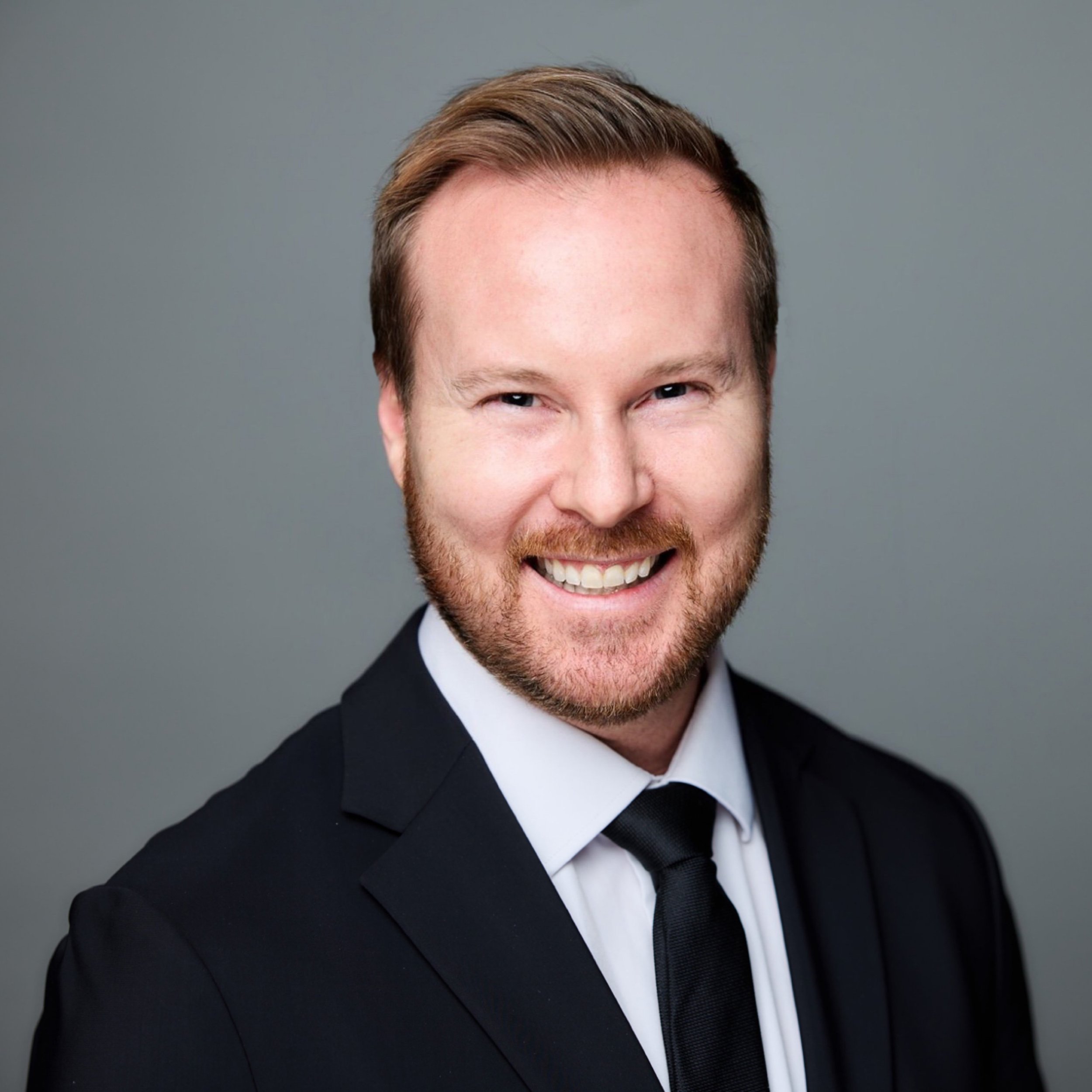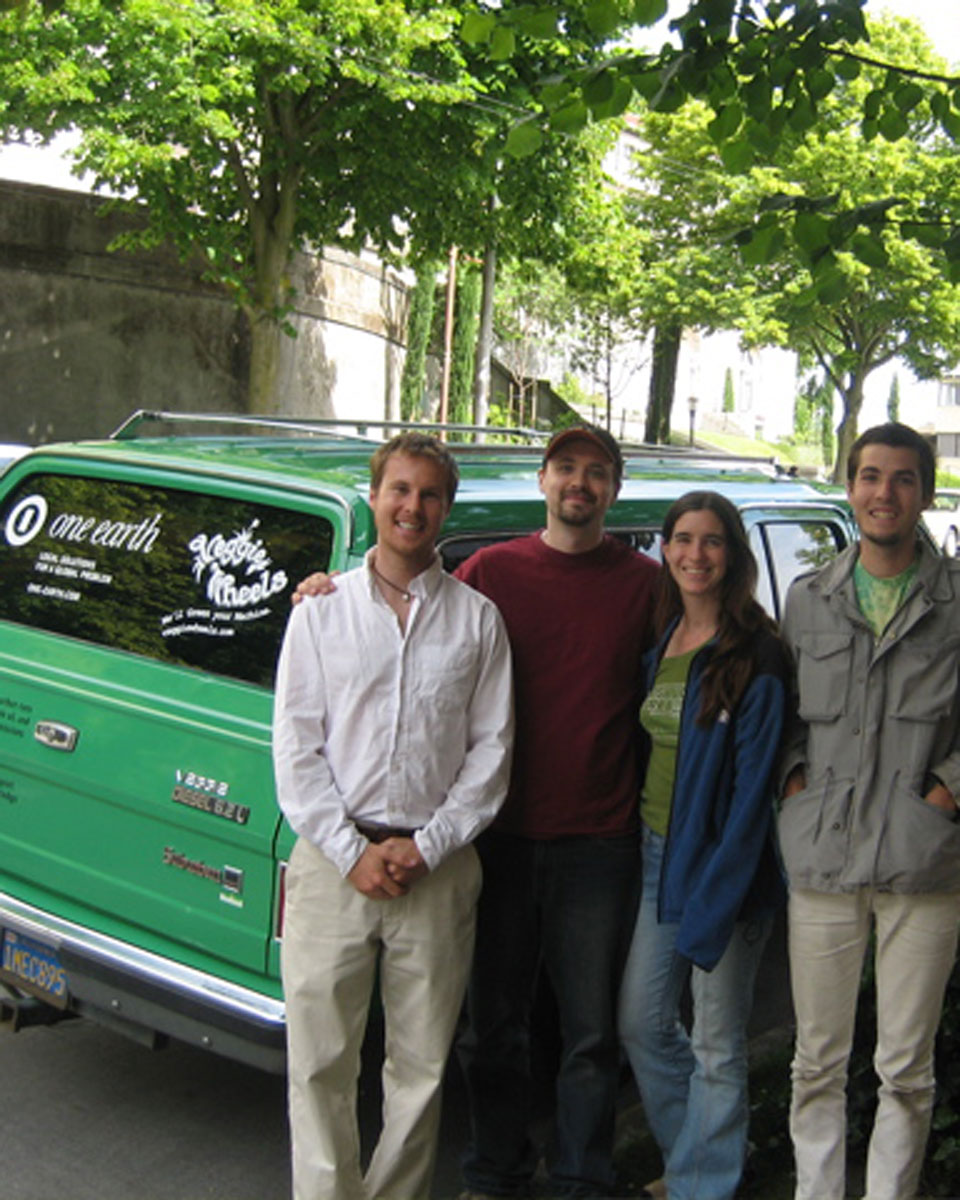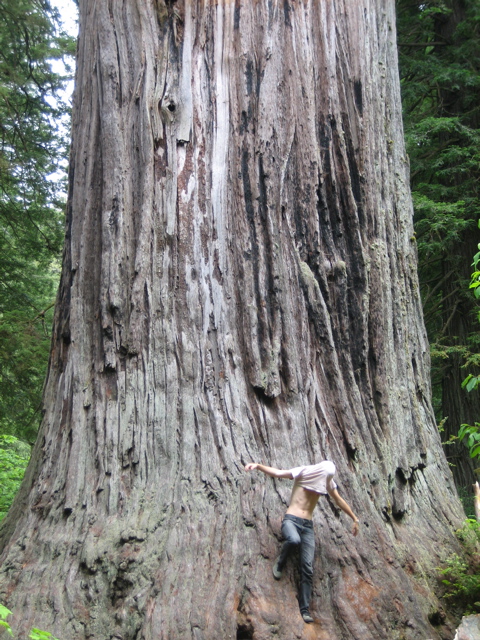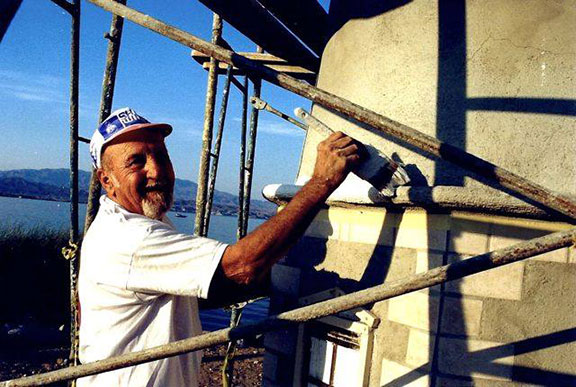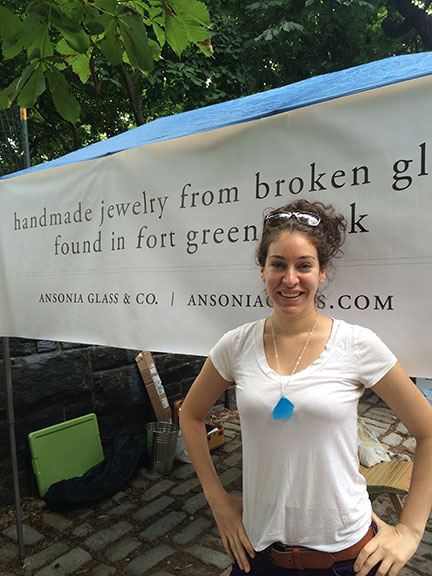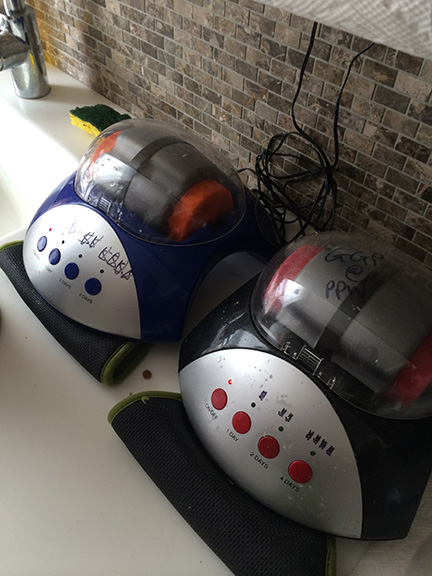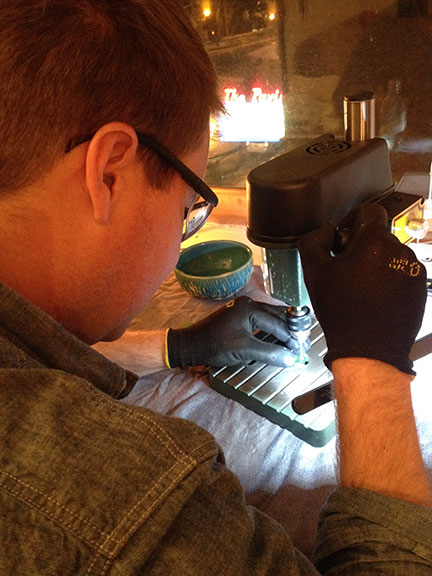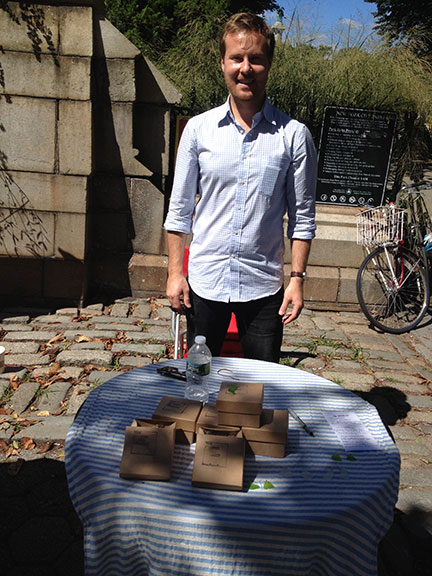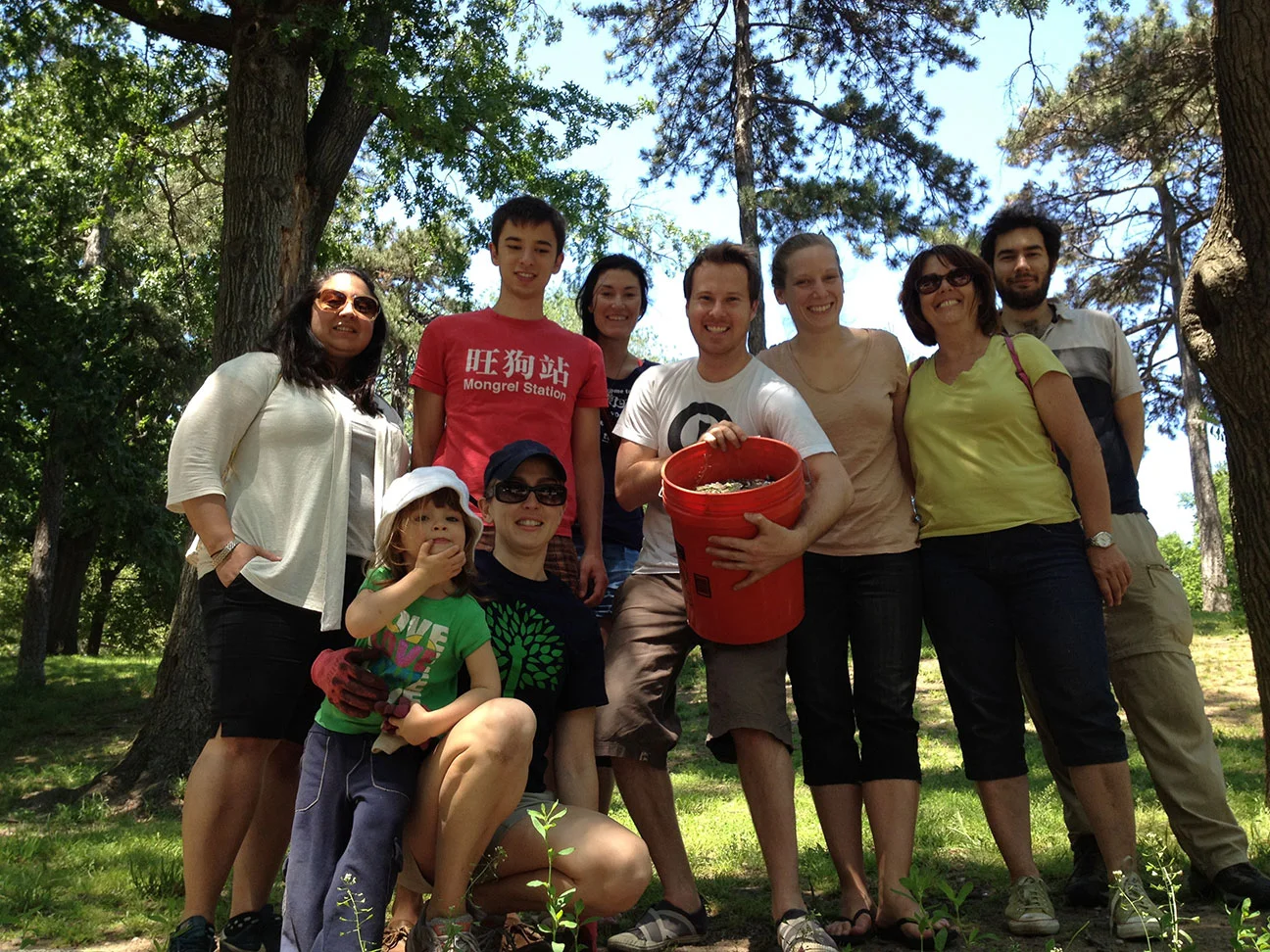







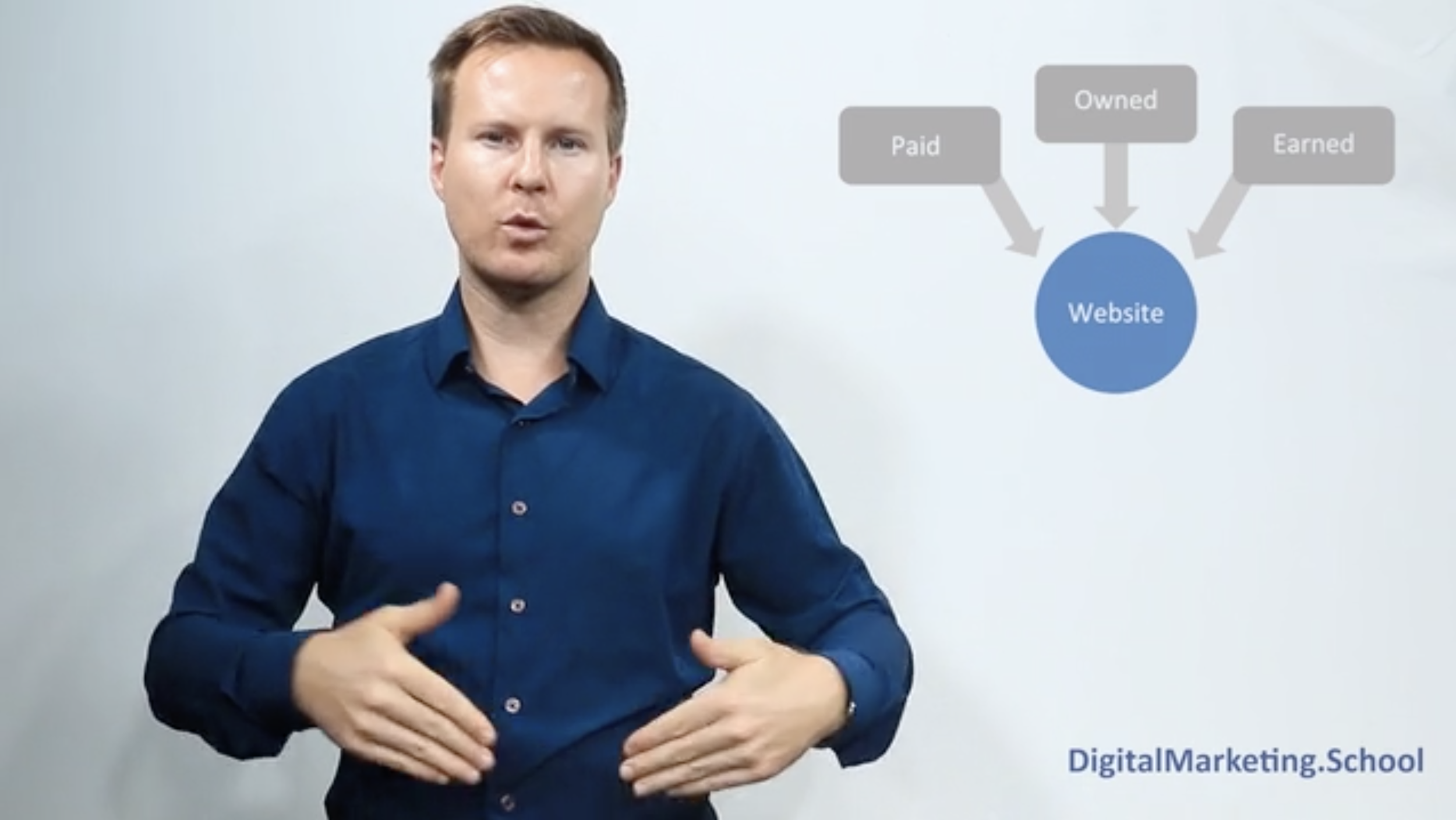


ACTIVATING COMMUNITIES FOR GOOD
ACTIVATING COMMUNITIES FOR GOOD
From broken glass in Brooklyn to lighthouses in Arizona,
I've led projects that have left a lasting impact on communities around the country.
Community projects
I enjoy finding ways of creating lasting sustainable, social, and economic solutions for communities both in the real world and online.
I do not believe that altruism is merely a hobby or a side project; it's a societal obligation that each of us should strive for on a daily basis.
Each project I lead meets at least one part of the Triple Bottom Line: People, Planet, and Profit.

Biodiesel Suburban
How two brothers traversed the country in a Chevy Suburban using only oil reclaimed from dumpsters found in the back of fast food restaurants.
Biodiesel Suburban
How two brothers traversed the country in a Chevy Suburban using only oil reclaimed from dumpsters found in the back of fast food restaurants.
Bio Diesel Cross Country Road trip
the project
My brother and I wanted to hear what companies were doing to reduce their negative impact on the environment. We documented our interviews with a digital video recorder and put them online at one-earth.com. We met some surprising characters:
Chris Van Dyke, Dick Van Dyke's son, who started a sustainable clothing line called NAU.
A shoe company called Simple Shoes that made shoes made from reclaimed rubber found on the highways of California.
An energy bar company called Clif Bar that made energy bars made from organic ingredients.
The process
We nicknamed it "Veggie Sub". It smelled like McDonald's french fries. We actually used wasted vegetable oil that we found in dumpsters in the back of restaurants along the way by filtering it through a cheese cloth directly into the gas tank. It was messy, risky, and incredibly fun.
The Veggie Sub was our office, our sleeping quarters, and our dining room.
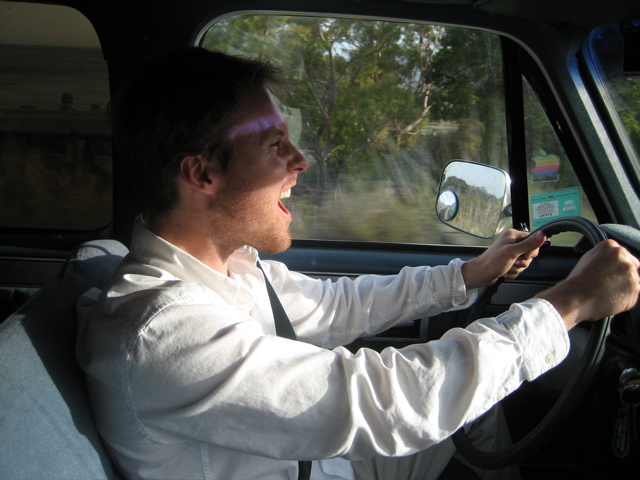
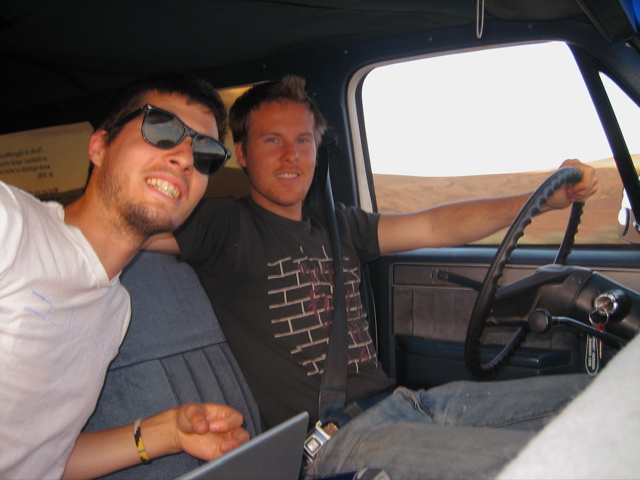
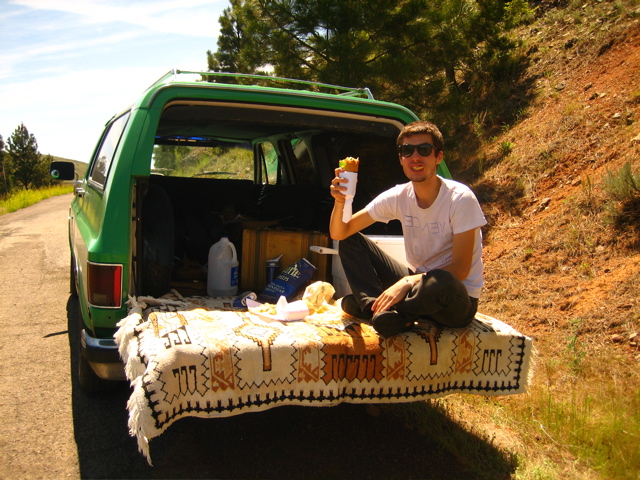
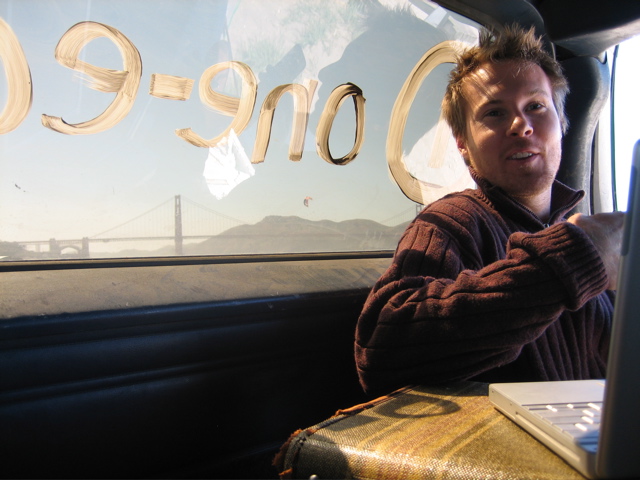
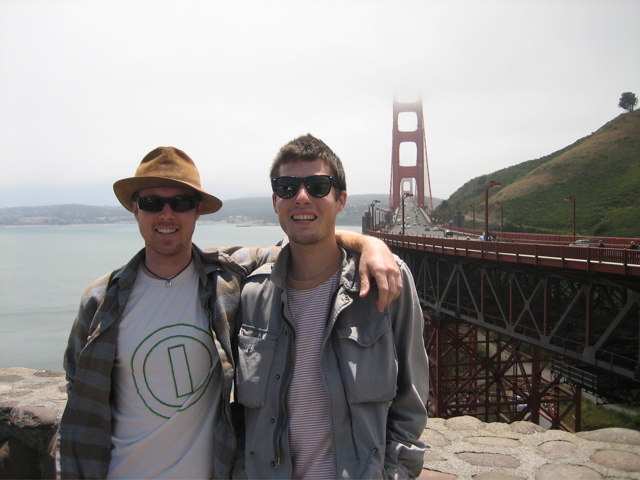


Lake Havasu Lighthouses
How functional replica lighthouses decreased boating accidents in Lake Havasu City, Arizona.
Lake Havasu Lighthouses
How functional replica lighthouses decreased boating accidents in Lake Havasu City, Arizona.
Lighthouses in Lake Havasu City, Arizona
The Project
Between 1999 and 2003, I designed 25-feet tall functional replicas of Cape Hatteras, West Quoddy, Robert Manning, and Table Bluff lighthouses.
The lighthouses were sponsored, constructed, and funded by local businesses in Lake Havasu City, Arizona. The project was organized by the Lake Havasu City Lighthouse Club under the leadership of Bob Keller. They are still maintained by the club to this day.
The process
As a former architecture student, I was interested in the intersection of altruism and architecture. I wanted to put my design skills to use in a way that could help people.
Without a doubt, the lighthouses have helped to reduce boating deaths on the river. However, there's another surprising outcome to the project: the lighthouses have become a popular driver of tourism for Lake Havasu. In fact, according a recent Norther Arizona University tourism study, 28% of tourist arrive in Lake Havasu City for the purpose of visiting the lighthouses. So, there's also very clearly an economic benefit that has occurred as a result of the lighthouse project.

ForT Greene Glass Clean-Up
How 100 volunteers made Fort Greene Park a cleaner and safer place for dogs, runners and children.
ForT Greene Glass Clean-Up
How 100 volunteers made Fort Greene Park a cleaner and safer place for dogs, runners and children.
Fort Greene Park Glass Clean-Up Project
The project
I had been living in Fort Greene for over 10 years and my most recent apartment was at 200 Washington Park. It was a beautiful brownstone and tree-lined block complete with farmers market at the corner of Dekalb. But there was one problem. There was glass littered everywhere.
I would often run along the running trails in the park but one day I tripped and cut my palm on piece of the glass. It really called my attention to the problem After talking with the Parks Director, Carol Anastasio, she explained that an effort to rid the park of the glass was important but the funds were not there. That's when I decided to lead the project on my own.
The New York Times wrote an article about one of our glass clean-ups:
Saturday's Glass Clean-Up Will Result in a Hot Seat by Linda Villarosa.
There are many theories why there was so much glass in the park, but one theory is that over the course of previous five or six decades, residents would break the glass on the trees after finishing it in the park. This would explain the high concentration of glass found around the perimeter of the park and around trees. The neighborhood was a very different place than it is today, and anyone who has lived in Fort Greene has heard the stories about how bad the crime was.
The process
Over the course of five years, I organized over a dozen glass clean-ups. The intention was sound, but the challenge was often cutting through the noise in the community among all the other things that residents could spend their timing doing on a Saturday morning. I came up with a create guerrilla advertising campaign that caught runner's attention and drew it to the problem right below their feet.
l had a rubber stamp made, stamped a message on used cardboard, and used chopsticks and zip-ties to stake them along the running trails in Fort Greene Park. It was highly effective. I received all the help I needed just because of these signs and the word-of-mouth that spread as a result.
The volunteers would show up on Saturdays and we would spend about two hours on our hands and knees picking and digging the the glass out of the soil. I always hosted the pick-ups between the last snow melt and the first sign of spring so the glass would not be too long.

Fort Greene Glass Bench
How we turned 100 pounds of broken glass found in Fort Greene Park into a functional, memorial bench on Fulton Street in Brooklyn.
Fort Greene Glass Bench
How we turned 100 pounds of broken glass found in Fort Greene Park into a functional, memorial bench on Fulton Street in Brooklyn.
Concrete and Glass Bench for Fort Greene
The Project
Over the course of five years, I organized volunteer glass pickups in Fort Greene Park, Brooklyn. We collected over 300 pounds of glass. I used that glass to upcycle it into a concrete bench.
After months of negotiating with the city government about the structural integrity, purpose, and location of the bench, they finally agreed to let me install it in front of The Greene Grape Provisions on Fulton St. The New York Times wrote two articles about the bench:
One Man’s Trash is Another Man’s Place to Sit on South Portland Avenue by Gerch Kuntzman.
This Bench Used to be Garbage by The Local
The process
I teamed up with a local architect, Richard Colwell, to design and build the concrete bench.
We started with 10 five-gallon paint buckets full of dirt covered glass. After cleaning it with Dr. Bronners soap, we used a rock tumbler that I picked up at Toys R' Us to smooth down the glass so it looked and felt like beach glass.
We asked a local blogger to community-source the design. After some deliberation, we settled on a traditional rectangular design.
From there, Mr. Colwell designed and build the concrete bench using the glass as a decorative element. It weighed over 250 pounds and took four people to position it into place.
He also simultaneously built a second secret bench that he kept for himself in his studio in Connecticut.

Fort Greene Glass Jewelry
How I turned 200 pounds of littered, broken glass into beautiful jewelry and donated the profit to the local conservancy.
Fort Greene Glass Jewelry
How I turned 200 pounds of littered, broken glass into beautiful jewelry and donated the profit to the local conservancy.
Jewelry Made from Reclaimed Glass in Fort Greene Park
the Project
After about five years of collecting the broken, littered glass from Fort Greene Park, I had roughly 300 pounds of it sitting in my basement, and I was looking for a creative way to get the message out that there is a broken glass problem in Fort Greene Park.
One of the buzz words I was studying in my graduate classes at NYU at the time was "growth hacking". It's the idea of getting other people to get their friends to do something for your business to achieve exponential growth. I wanted to try it out with my community project, so I came up with the idea to turn the glass into jewelry. Knowing very well that customers would be buying the story and not the product, my jewelry would become the centerpiece of conversations in Brooklyn.
Only one problem, I had no idea how to make jewelry.
I had attended Pratt Institute and it had a pretty good jewelry making department. So I reached to some of my former classmates that had studied jewelry making there and they invited me into their studios to show me the ropes. It wasn't long before I was good enough to start drilling some holes through glass and actually monetizing the project.
Over the course of four years, I made quite a bit of money and I donated 10% of it to the Fort Greene Park Conservancy.
The Process
I started making the jewelry by sorting through the 200 pounds of glass and finding pairs of similarly shaped and colored glass. This was by far the most time consuming part of the process.
Next I ran the glass in batches through my rock tumblers that I picked up at Toys R' Us. It took about 24 hours per batch. Each batch contained about a dozen pairs of earrings. I produced about 600 pairs of earrings, 100 necklaces, and 50 studs.
I purchased the jewelry findings at a place called Metalliferous on 46th Street. If you're a jewelry maker in NYC, this is where you get your findings.
One of the most important tools when drilling through glass is a diamond plated drill bit. They're absolutely critical to ensuring that the glass receives a hole with a smooth opening and exit and does not break.
I started out using a Dremel drill but quickly learned from trial and error that it was too unstable–too many pieces of glass were breaking. So upgraded to a stationary drill press and it was like cutting through butter. I was able to decrease my drill hole completion time from 12 minutes to only 30 seconds. Soon I was producing 60 pairs of earrings per hour.
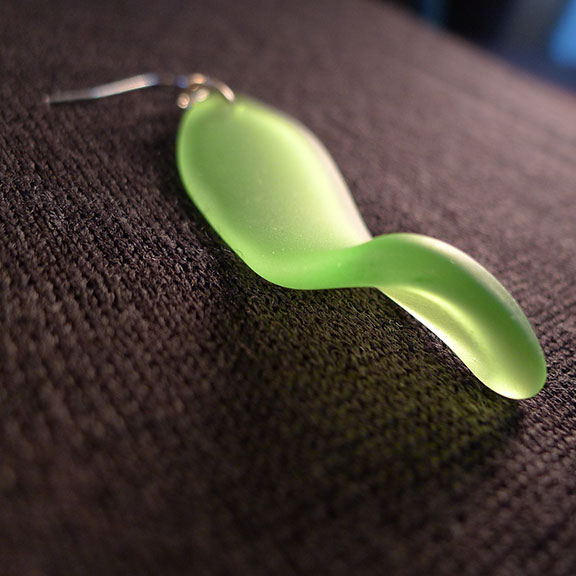
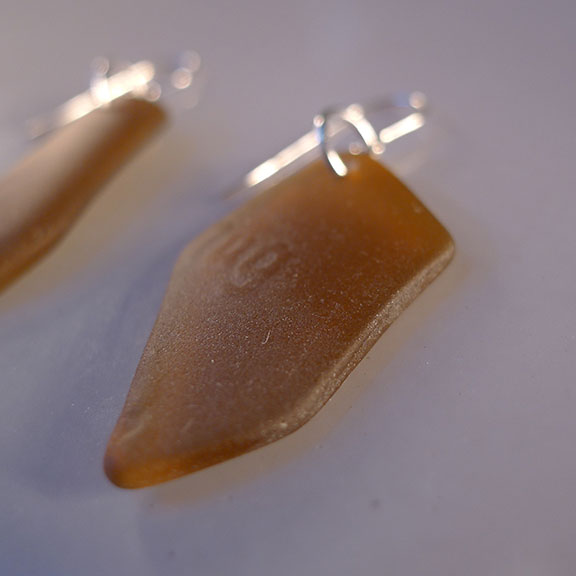
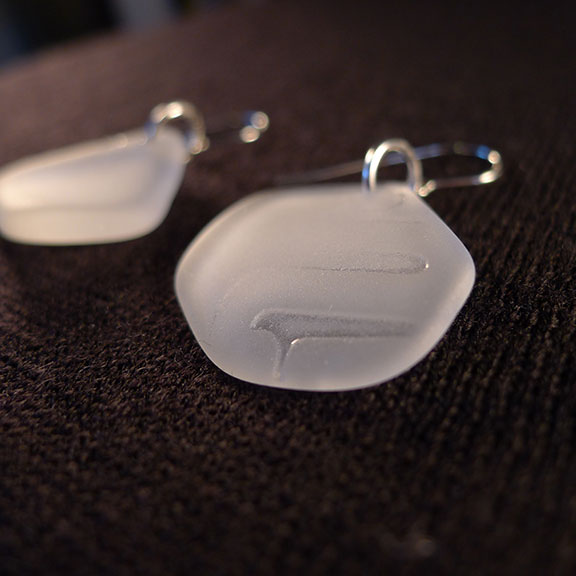
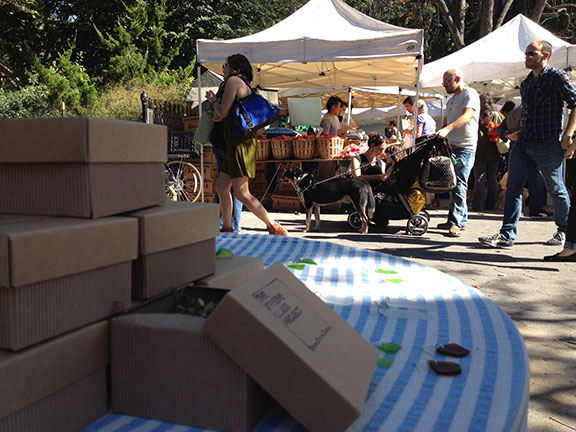



Clinton Global Initiative
How a simple idea led to a meeting with the President of the United States.
Clinton Global Initiative
How a simple idea led to a meeting with the President of the United States.
Clinton Global Initiative University
the Project
I was selected as the NYU ambassador for the 2012 Clinton Global Initiative University for my concept of indexing the world's environmental solutions.
The Process
I created a dynamic and interactive organizational system that categorizes the world's environmental solutions into geographic areas and sustainability categories using 100% user generated content.

One Earth
Between 2006 and 2009, One-Earth.com was an online community that helped New Yorker’s go green.
One Earth
Between 2006 and 2009, One-Earth.com was an online community that helped New Yorker’s go green.
the Project
It started in 2006 with a chance meeting with Elizabeth Kolbert, the Author of "Field Notes from a Catastrophe". She wrote in my copy of her book: "To Steven, with the hope that this inspires and doesn't despair."
Thank you, Mrs. Kolbert. It didn't.
One Earth is my answer to Climate Change. It relies on community sourcing solutions, Sounds easy. It's not. One of the greatest powers of the Internet is that it has the ability to flatten the world. Information is ubiquitous and often over generalized.
However, I'm attempting to harness potentially the greatest power of the Internet has: the power to hyper localize information.
Imagine the world's largest directory of sustainable solutions, created and edited by local experts in every community around the world.
That is One Earth.
I launched One-Earth.com in 2007 and let it run for two years before privatizing the information. I have been using the learnings from the beta launch to fine-tune the directory. But before it came down, it did receive some attention from the media:
The Process
Over the years, I've been developing the website and teasing out phases to test the user experience and effect it has. There have been many roadblocks and learnings. But there has also been some great opportunities.

The Digital Marketing School
How I’m enabling business owners and professionals to transform themselves and earn more money.
The Digital Marketing School
How I’m enabling business owners and professionals to transform themselves and earn more money.
My online digital marketing course is for small business owners, entrepreneurs, and professionals looking to enhance their digital marketing skills and earn more money. I teach the foundations of Digital Marketing. Enjoy access to the videos and material forever.

About Steven Matt
About Steven Matt
About steven Matt
Steven Matt's journey in life has been marked by both tragedy and philanthropy. In 2003, at the young age of 17, he moved from Arizona to New York City to pursue his undergraduate degree at Pratt Institute. However, shortly after his arrival in NYC, he faced several tragic events that would have left most people demoralized and unmotivated to continue.
Within 6 months of arriving in New York City, he lost is entire apartment and everything he arrived with as a result of a fire caused by the tenants below him.
A year later, Steven was assaulted near his university campus by 15 young men, resulting in a broken jaw, a concussion, a dozen stitches, several weeks in the hospital, two surgeries, and a wired-shut mouth for three months. During that time, he lost almost 30 pounds. Despite this setback, with the help of his friends and family, Steven was able to recover and graduate from Pratt a year later.
Instead of leaving NYC after his recovery, Steven chose to stay and work towards improving his community.
Steven organized his friends and neighbors for a significant effort to rid Fort Greene Park of broken glass and other trash that had accumulated from decades of vandalism. Over the course of one summer, he and his volunteers managed to fill several 5-gallon buckets with the glass. Additionally, he transformed the broken glass into jewelry, which he sold at the farmer's market with the message "this jewelry is cleaning up the park." He also constructed a concrete bench containing the recycled glass and donated it to a local restaurant in Fort Greene. Steven's ability to rally his friends and neighbors for unglamorous tasks is indicative of his ability to inspire those around him to contribute to a cause greater than themselves.
Steven led a volunteer effort in New Orleans following the devastation of Hurricane Katrina. Together with a group of about 20 fraternity members, he spent three days demolishing and rebuilding houses that had experienced structural damage. Their impact was truly monumental, and they were moved by the tears of gratitude from the homeowners whose lives they touched. This experience inspired Steven to continue giving back to his community in various ways.
He has been involved in philanthropic endeavors since before moving to New York City. For example, while attending high school, he designed 18 replica lighthouses along the Colorado River from 1999 to 2001. The lighthouses were constructed to reduce boater deaths, an unfortunate common occurrence in that area. Steven's father was killed in a recreational vehicle accident, so this project was especially important to him. The lighthouses are now one of the most popular tourist attractions in Arizona, competing with the Grand Canyon, the London Bridge, and Sedona.
After his volunteer work, Steven went on to become a successful Marketing Executive at MetLife, where he leads a team of over 50 marketers globally. However, his passion for marketing extends beyond his professional life. He teaches the subject for various institutions, including General Assembly, Clover, Yelp, and NYC Small Business Solutions.
Steven currently resides in Greenpoint with his wife and 8-year-old daughter. He remains committed to serving his community by offering free marketing webinars to businesses in need in partnership with NYC Small Business Services. Yet another example of his community service and willingness to give back.
Steven Matt's life is a testament to his resilience, tenacity, and selflessness. Despite the adversity he has faced, he continues to inspire those around him to contribute to a cause greater than themselves. His work has had a profound impact on communities across the country, and he remains a shining example of what it means to be a leader and a community servant.
